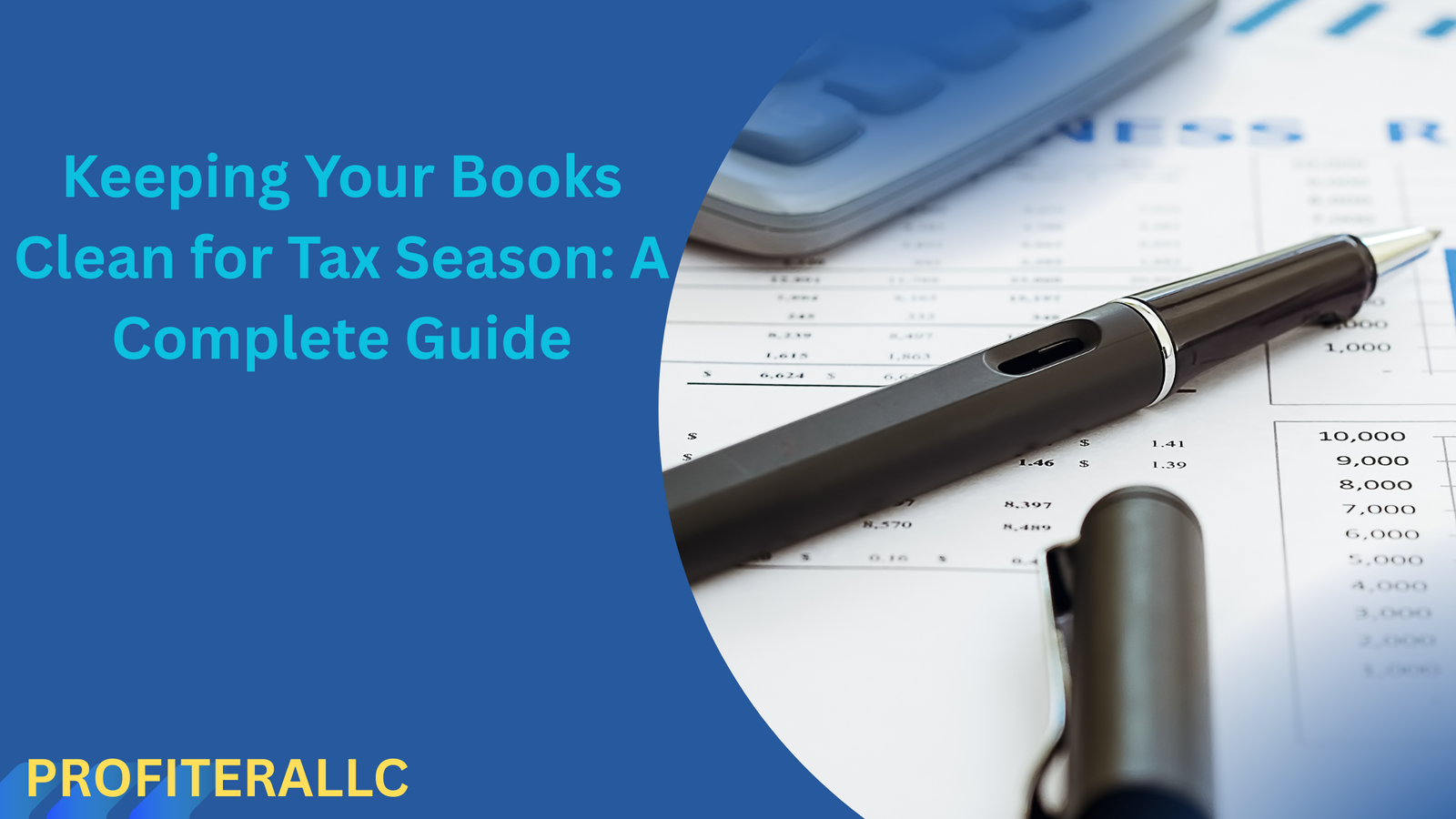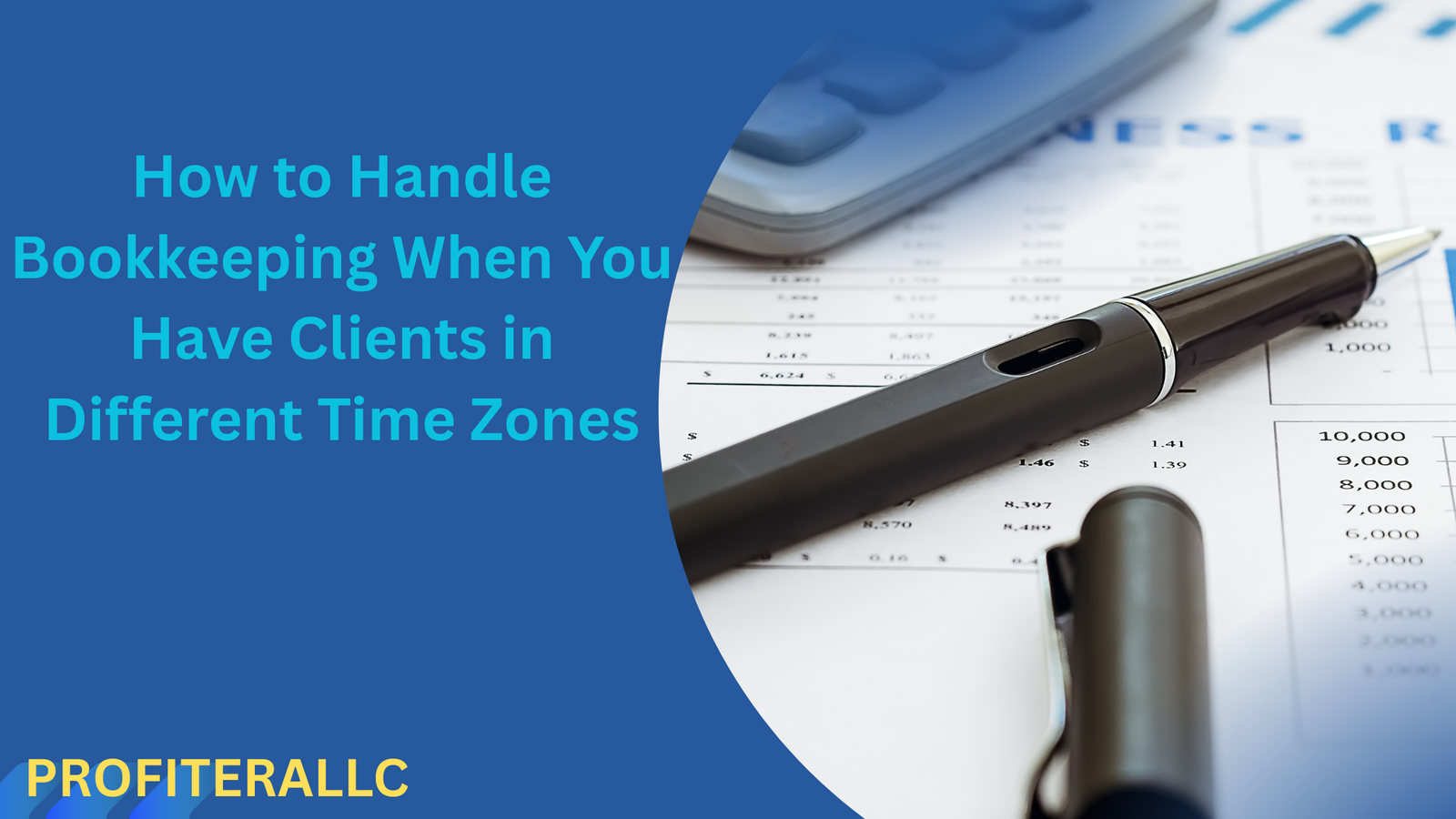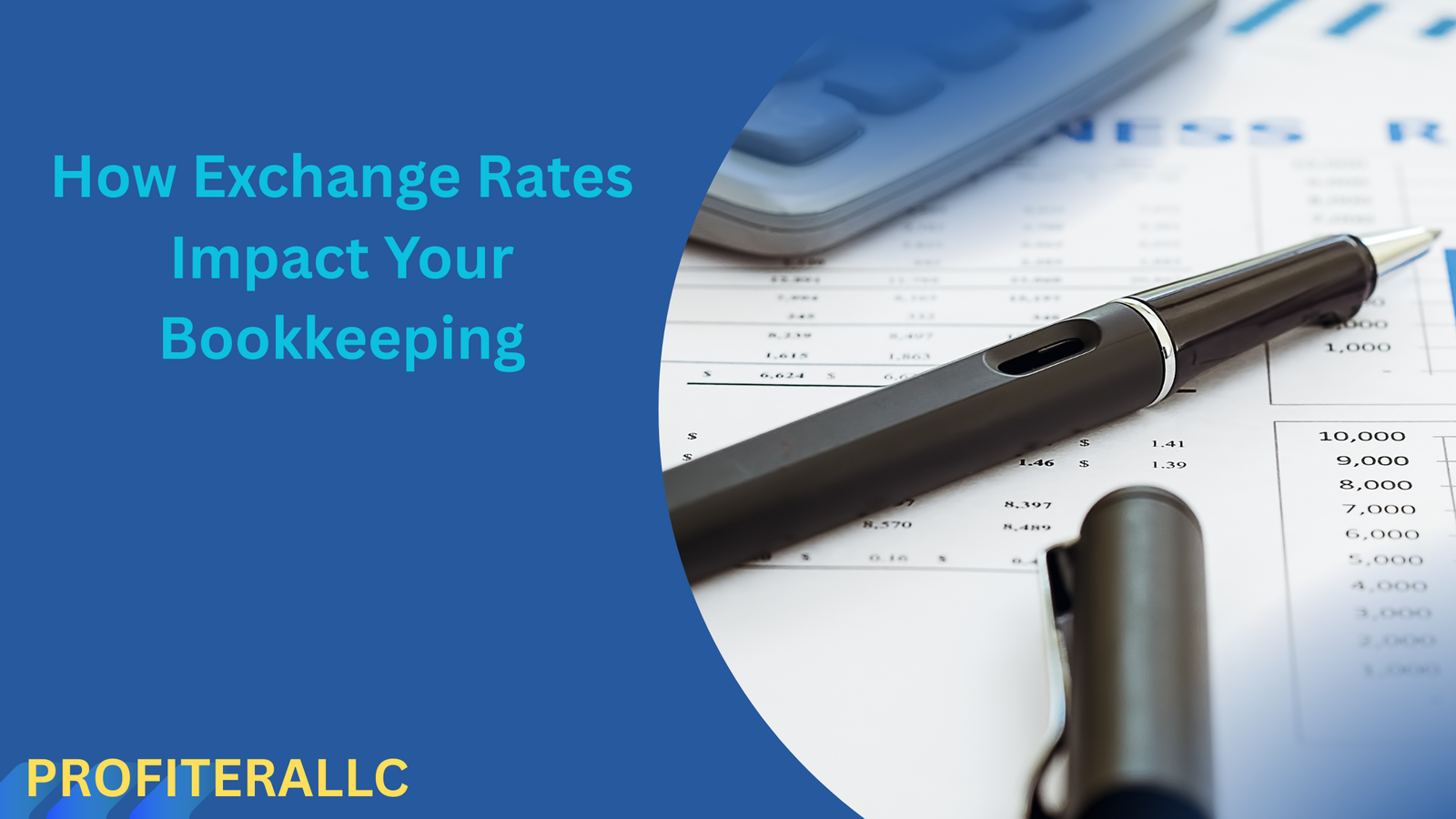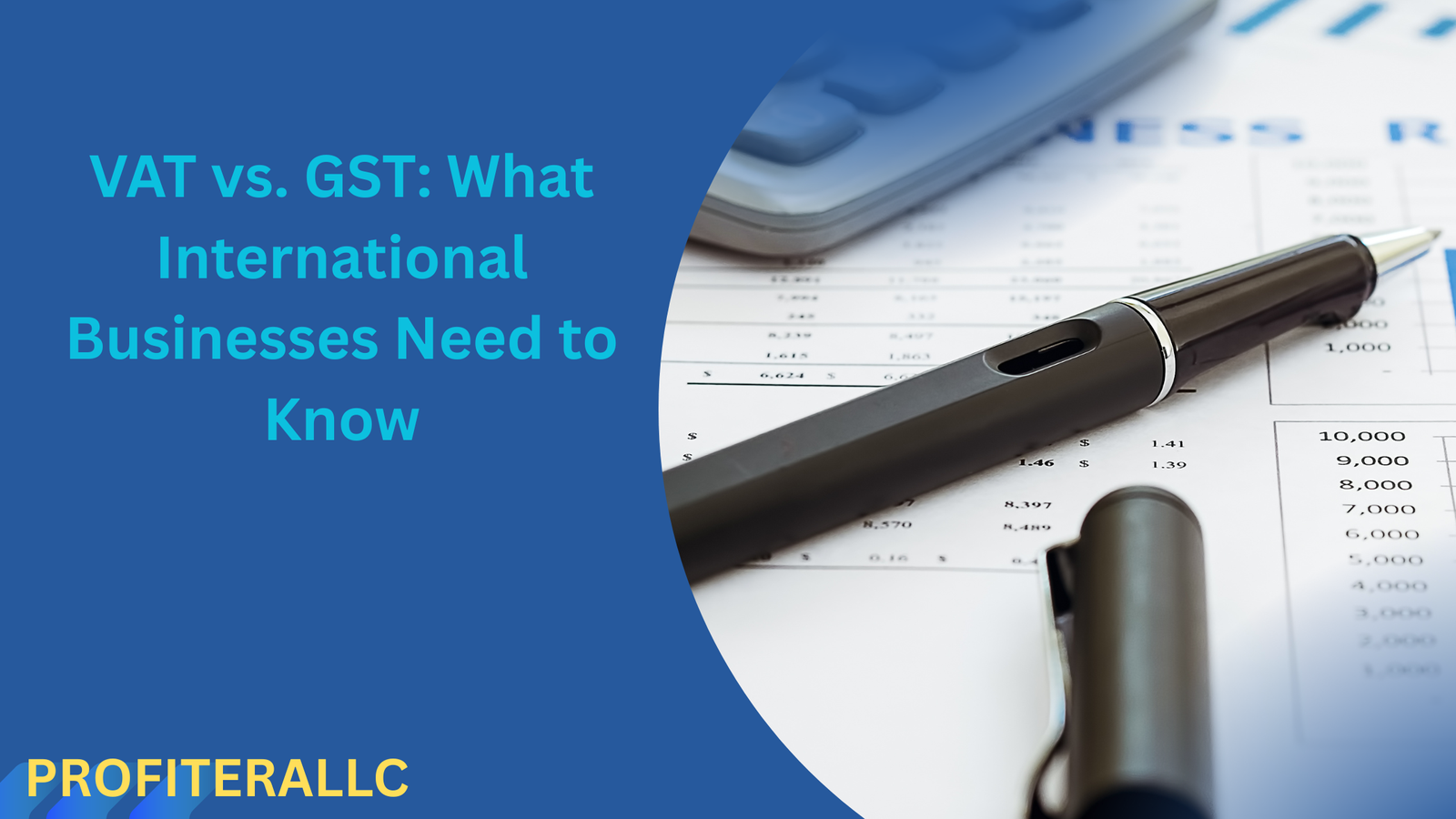
Introduction
Value-Added Tax (VAT) and Goods and Services Tax (GST) are two of the most common consumption taxes used worldwide. While they serve a similar purpose—taxing the value added at each stage of production and distribution—they differ in structure, application, and compliance requirements.
For international businesses, understanding the differences between VAT and GST is crucial for compliance, pricing strategies, and financial planning. This guide will break down VAT vs. GST, their key differences, and what global businesses need to know to stay compliant.
What is VAT?
Value-Added Tax (VAT) is an indirect tax levied on goods and services at each stage of the supply chain, from production to the point of sale. The end consumer ultimately bears the cost, while businesses collect and remit the tax to the government.
Key Features of VAT:
- Applied in over 160 countries, including the UK, EU members, and many African nations.
- Multi-stage taxation: Tax is charged at every step where value is added.
- Input tax credit mechanism: Businesses can reclaim VAT paid on purchases.
- Standard, reduced, and zero rates: Some goods (like essentials) may have lower or zero VAT rates.
How VAT Works
- A manufacturer pays VAT on raw materials.
- The wholesaler pays VAT on the purchase but claims a credit for the VAT already paid.
- The retailer charges VAT to the final consumer.
- Each business in the chain remits the net VAT (output VAT minus input VAT) to the government.
What is GST?
Goods and Services Tax (GST) is a unified indirect tax system that replaces multiple cascading taxes (like sales tax, excise duty, and service tax) with a single tax. It is designed to simplify taxation and reduce the tax burden on businesses.
Key Features of GST:
- Used in countries like India, Canada, Australia, and Singapore.
- Single or dual/multi-rate structure: Some countries have a single rate (e.g., Singapore), while others have multiple slabs (e.g., India).
- Destination-based taxation: Tax is levied where goods/services are consumed, not where they are produced.
- Input tax credit available: Like VAT, businesses can claim credits for GST paid on inputs.
How GST Works
- A supplier charges GST on sales (output tax).
- The buyer claims input tax credit for GST paid on purchases.
- The net GST (output tax minus input tax) is paid to the government.
Key Differences Between VAT and GST
| Feature | VAT | GST |
|---|---|---|
| Scope | Only applies to goods in some countries; services may have separate taxes. | Applies to both goods and services uniformly. |
| Tax Structure | Multiple rates (standard, reduced, zero). | Can be single or multi-rate, but aims for simplification. |
| Tax Credit Mechanism | Input tax credit available. | Similar input tax credit system. |
| Administration | Managed separately from other indirect taxes. | Replaces multiple indirect taxes (e.g., excise, service tax). |
| Global Adoption | More widely used (EU, UK, Africa). | Common in India, Canada, Australia, and others. |
| Compliance Complexity | Can be complex due to varying rates. | Aims to reduce complexity but may still have multiple rates in some countries. |
Which Countries Use VAT vs. GST?
Countries Using VAT:
- European Union (EU) members
- United Kingdom (UK)
- South Africa
- Brazil
Countries Using GST:
- India (Dual GST: CGST + SGST + IGST)
- Canada (Federal GST + Provincial PST/HST)
- Australia (10% GST)
- Singapore (7% GST)
Impact on International Businesses
1. Compliance Requirements
- VAT: Businesses must register, file returns, and comply with local VAT laws in each country.
- GST: Simplifies tax filing in some countries (like India) but may still require multi-state registrations.
2. Pricing and Invoicing
- Must clearly display VAT/GST on invoices.
- Cross-border transactions may require reverse charge mechanisms.
3. Cross-Border Transactions
- VAT: EU businesses follow the “distance selling” rules for B2C sales.
- GST: In India, IGST (Integrated GST) applies to interstate transactions.
4. Refund Processes
- VAT/GST refunds can be complex, especially for foreign businesses.
- Some countries require physical presence or fiscal representation.
Best Practices for VAT/GST Compliance
- Register Early – Determine if you need to register based on sales thresholds.
- Maintain Accurate Records – Keep detailed invoices and transaction records.
- Use Automated Tax Software – Tools like Avalara, QuickBooks, or local tax solutions help with compliance.
- Stay Updated on Law Changes – VAT/GST rates and rules can change frequently.
- Consult Local Experts – Tax laws vary by country; seek professional advice.
Conclusion
Understanding the differences between VAT vs. GST is essential for international businesses to ensure compliance, optimize pricing, and avoid penalties. While VAT is more widespread, GST aims to simplify taxation in countries where it’s implemented.
By staying informed and leveraging technology, businesses can navigate these tax systems efficiently and focus on global growth.
Need Help with VAT/GST Compliance?
If your business operates across borders, consider consulting a tax expert or using automated tax solutions to streamline compliance.
Would you like a downloadable comparison chart? Let us know in the comments!






